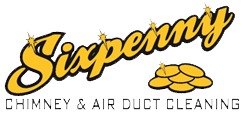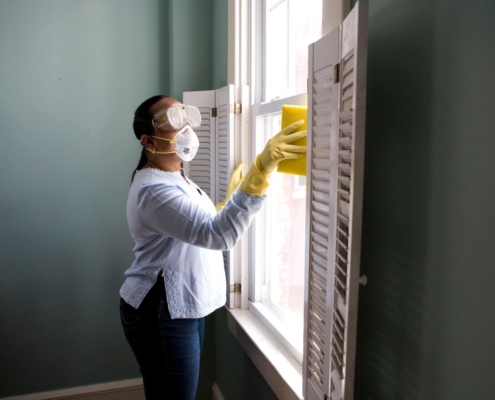
Chimney Flashing Repair: Vital Signs and Expert Solutions
/
0 Comments
Chimney flashing is a critical component of your roof's integrity,…
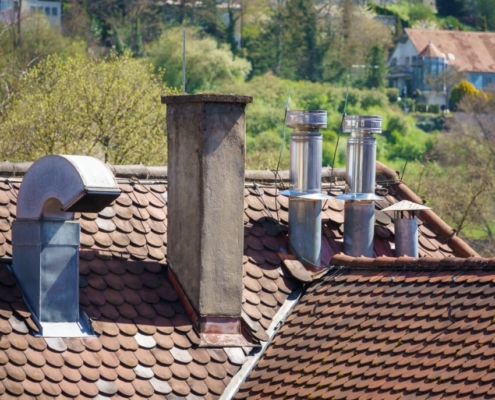
Prevent Chimney Water Damage With Our Complete Guide
If you're looking for a guide on how to make sure that your chimney is always up and running, take a look at the following
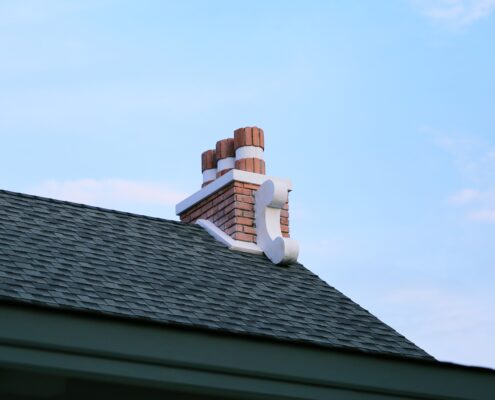
Will Homeowner’s Insurance Pay for Chimney Damage?
When you spend your hard-earned money to purchase homeowner’s…
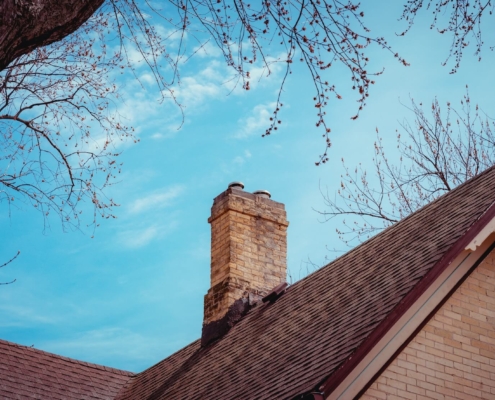
Homebuyer Beware: Spot These 6 Signs of Chimney Damage Before You Buy
Owning a home is a dream most people have and work towards. While…
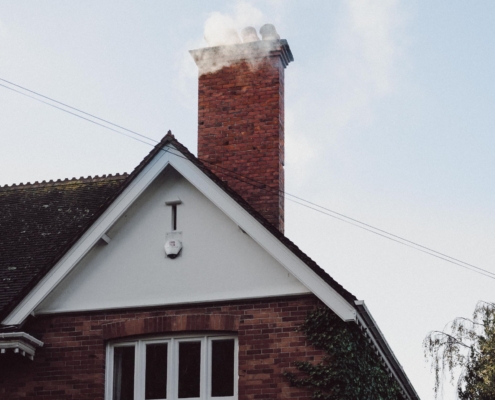
Chimney Cleaning for Different Seasons: What You Need to Know & Do
Want your chimney to work during winter? Taken care of it year round then. Discover what you need to know & do for chimney cleaning during different seasons!
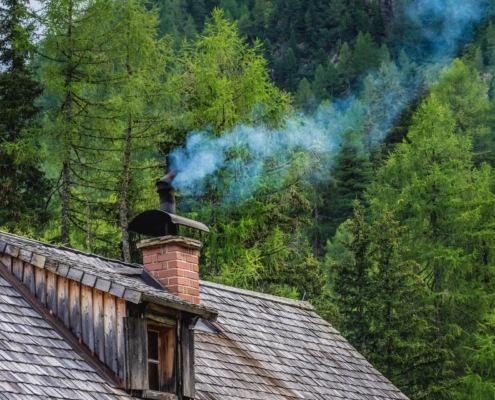
Why Every Homeowner Should Have a Regular Chimney Professional on Hand
A Chimney plays a critical part in your home & must stay in top condition. Discover the reasons why every homeowner should have a chimney professional on hand!
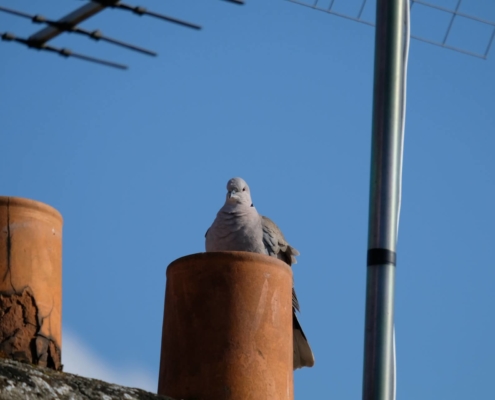
5 Signs a Critter Has Taken Up Residence in Your Chimney
Wildlife may be welcome in your garden but not in your home. A chimney is no place for critters. Learn five signs an animal is in your chimney & what to do!
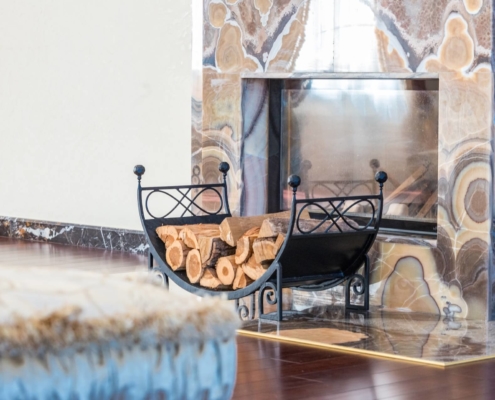
What to Ask a Chimney Professional Before Hiring Them
Regular cleaning of fireplaces and chimneys is essential. Here's what to ask a chimney professional before hiring them. Read our blog to learn more!
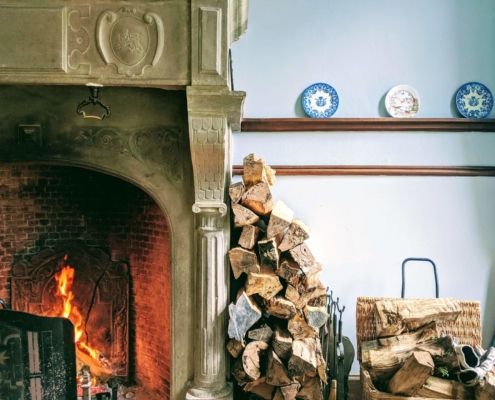
5 Tips for Preserving the Life of Your Fireplace & Chimney
Maintaining your fireplace increases heating efficiency. Here are five tips for preserving your fireplace and chimney. Read our blog to learn more!

4 Common Air Polutants Gathering in Your Home (And What to Do About Them)
Clean, high-quality indoor air is vital to our health. So, it…
